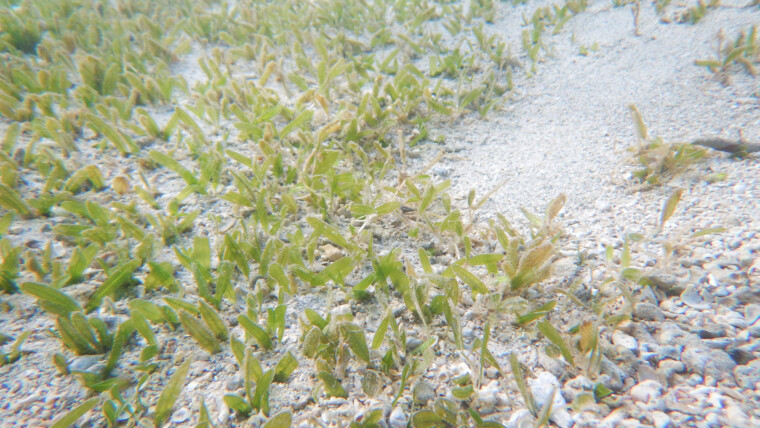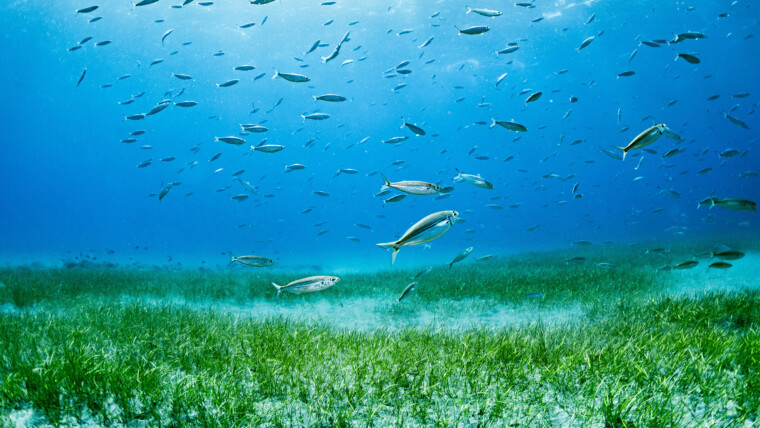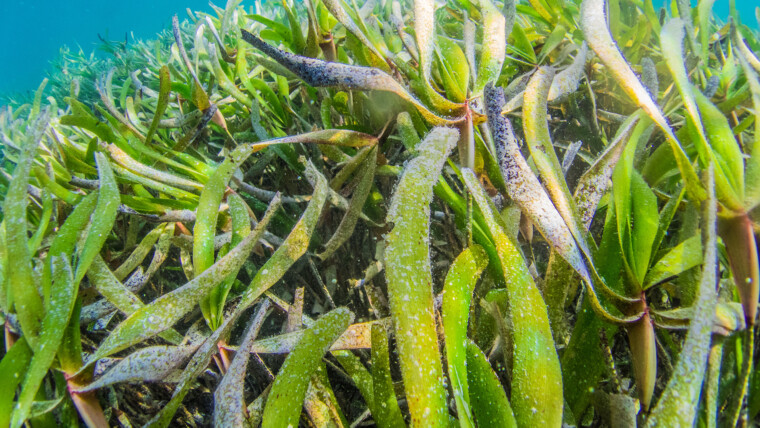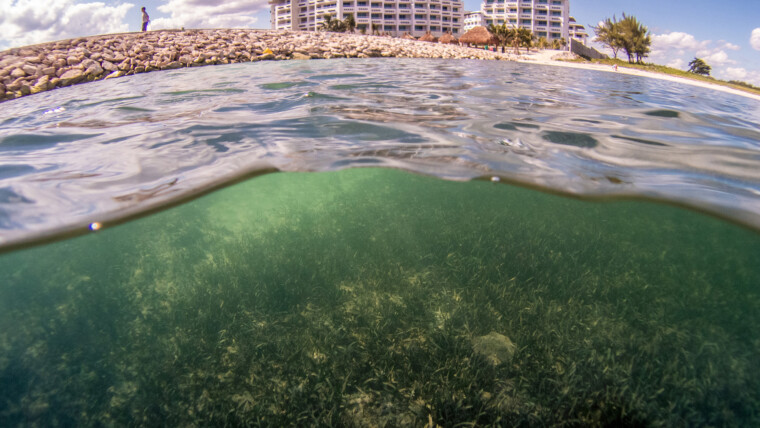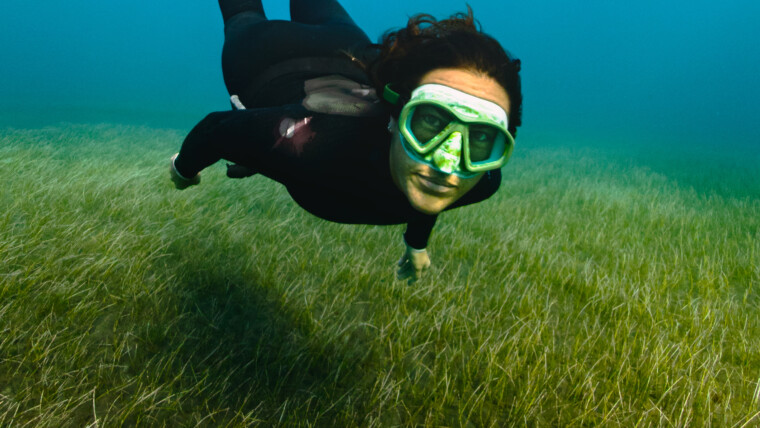Seagrasses are just like land plants but have completely adapted to marine life. They have roots, leaves and even flowers for reproduction, hence known as marine angiosperms. They need sand to develop, and light for photosynthesis. As such, they are…
